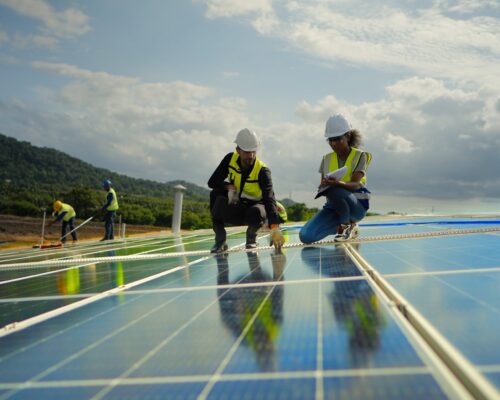Gas Prices in India: Hurting Women and the Poor
06 September 2022 – by Heba Hashem Comments (0)
Why Are Gas Prices Rising in India?
Rising gas prices across the globe could have deadly consequences for India’s low-income households, who are already struggling to afford their basic needs. When you’re earning less than USD 2 per day, you would want to use the cheapest fuel you can get your hands on.
This is the reality for tens of millions of people in India. For decades, low-income families have relied on burning solid biomass fuels for daily cooking and heating. Such fuels include wood, dried cow dung and charcoal. This practice causes staggering damage to respiratory health. This is especially the case among women and children, who spend most of their household time in the kitchen. Not only that, but the resulting indoor pollution can be fatal.
Fumes from solid biomass fuel were a major contributor to the over 1.6 million premature deaths from air pollution in India in 2019. Lung disease caused most of these deaths. But, for families who live below the poverty line, these polluting fuels are all they can afford.
More than 7% of India’s 1.38 billion people earned less than USD 1.90 per day in 2021. Another 4.7% is currently unemployed. This explains why over 70% of India’s population still depends on biomass for its energy needs.
Subsidising Domestic LPG Cylinders
India has already made several attempts to reduce the dependency of low-income families on polluting fuels. In 2005, the government initiated the National Biogas and Manure Management Programme. Under this scheme, the government set up household biogas plants that provide clean fuel for cooking and lighting. In 2014, the Unnat Chulha Abhiyan programme was introduced to provide improved biomass cookstoves to poor households. And in 2016, it launched the Pradhan Mantri Ujjwala Yojana scheme to provide free liquefied petroleum gas (LPG) connections to women below the poverty line.
LPG is the liquefied form of petroleum gases derived from crude-oil refining or natural gas processing. It is by far the most popular clean cooking fuel in rural India.
During the pandemic in 2020, the government offered free LPG refills of three cylinders in a one-off move to help those struggling with lockdowns.
Increasing LPG Gas Price in India Prevents Refills
The Ujjwala scheme was particularly successful, benefitting more than 80 million women in 2019 and another 10 million in 2021. The second phase also offered a free refill and a cook stove. However, the programme’s success could be short-lived. This is because beneficiaries have not been seeking refills amid the rising prices of LPG cylinders.
To top it off, the government halted LPG subsidies in May 2020. The move took advantage of the fall in global energy prices due to the pandemic. In the last year alone, the price of a non-subsidised domestic LPG cylinder in India jumped by 30%.
As a result, millions of low-income workers, including housemaids, drivers, security guards and waiters, have been struggling to afford cooking gas.
1 LPG Gallon in India is World’s Most Expensive
Fuel prices have been rising due to trade disruptions arising from the Russia-Ukraine conflict, and crude oil prices and demand are almost returning to pre-pandemic levels.
The World Bank expects global energy prices to increase by more than 50% on average in 2022. This trend is having a ripple effect on India, as LPG prices in the country are based on Saudi Contract Price. This is the benchmark for international LPG prices.
In March 2022, Saudi Aramco set the price for LPG to USD 769.1 per metric tonne (MT). This was an increase of 5.9% from the January 2021 price and more than 104% from the November 2020 price.
Consequently, the price of LPG in India is now USD 3.50 per litre, the highest in the world.
With the latest revision in LPG prices, state-run oil marketing companies, Hindustan Petroleum Corporation Limited, Indian Oil Corporation and Bharat Petroleum gas and oil corporation, have also increased the security deposit for new LPG gas connections. The fee has gone up from Rs 1,450 (USD 18.20) to RS 2,200 (USD 27.60), an increase of almost 52%.
Dangerous Impact of Rising Gas, Petrol and Diesel Prices
The withdrawal of subsidies and gas price hikes are already affecting LPG consumption. India Today reported that more than 50% of the Ujjwala scheme beneficiaries sought only four or fewer refills in the last year.
With no subsidies in sight and rural unemployment on the rise, India’s poor will likely resort to cheaper, polluting biofuels. As more people get exposed to indoor pollution, the economic burden of lost productivity due to morbidity and premature death will only increase.
Indeed, if LPG prices do not decrease, this could be the beginning of undoing years of social development and public health progress across India.



